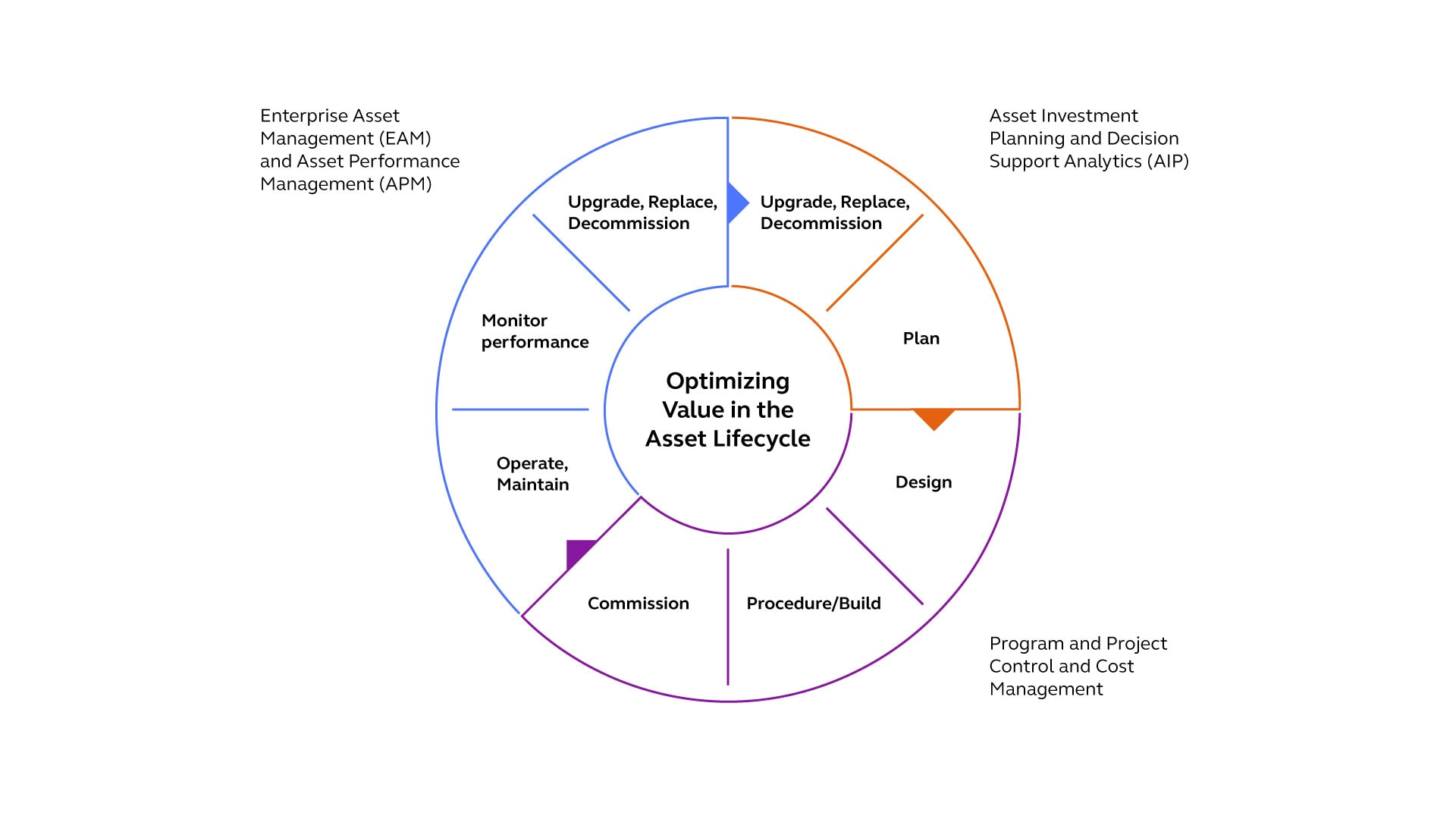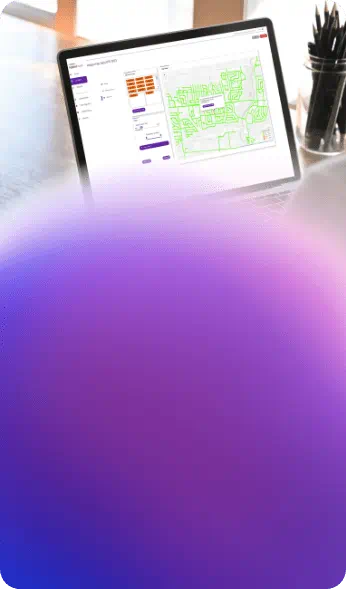Enterprise asset management (EAM) refers to the combination of systems, strategies and solutions used by organizations to help you manage, maintain and optimize your assets and networks across their lifecycles.
In other words, anything you use and do to get a handle of your assets - be it physical property like equipment, machinery or real estate, or non-tangible resources like data, labor or time – are considered enterprise asset management.
EAM as a system
Enterprise asset management as a whole is often conflated with the EAM solutions. While it’s true that tools, software and digital programs are critical components of an organization’s EAM strategy, EAM is, fundamentally, a process. At its core, EAM is about the plans and actions you put into place to manage your resources from the moment you identify your business needs to the time you upgrade, recycle or decommission your assets.
A good EAM system should improve asset quality and utilization, increase overall organizational productivity, and minimize operational costs in the long run. To do this, you need to first put into place the right strategies and ways of working to get the most out of any digital asset management solution or strategic consultancy.
For an enterprise asset management strategy to be effective, it must look at the following considerations:
- Leadership and Governance
As with any organizational process, change begins from the top-down. Leadership must show full support and commitment to implementing EAM strategies, especially if it involves changing, even replacing, existing processes. Governance and decision-making systems should include and be driven by EAM goals for these to be successful.
- Human resource
People are the lifeblood of any EAM strategy. They are the ones who work directly with and on the assets, use tools and software, and carry out the business’s plans and goals. As such, you need to invest in onboarding and training your people in your wider EAM strategies. Who should be responsible for which projects? What skills do they need to develop, and where are the gaps in expertise and knowledge? What else can be done to improve your people, not only in terms of capabilities but also their commitment to your goals?
- OKRs
EAM-specific objectives are different from an organization’s wider business goals and should be treated as such. Metrics should be determined and implemented across the entire asset lifecycle, taking into account not only the status and performance of your physical assets, but also the work that goes into them, including people’s roles and responsibilities, maintenance and repair plans, and more.
The more granular and specific the metrics, the better you can track your performance. But as this can be difficult, even impossible, to manage manually, it’s worth investing in a good EAM solution with solid metric-tracking capability (more on this later).
- Solutions
And speaking of EAM solutions, the final step to setting your EAM strategy is determining which tools and software will best serve your needs. Keep in mind that there is no one-size-fits-all EAM solution out there. Each sector and each organization have their own unique needs that should be accounted for in order to find the best fit for you. In the next section, we will go over some of the foundations of a good EAM solution to get you started.
The best enterprise asset management solutions are the ones that can support your overarching EAM strategies. But at their core, all EAM solutions should be able to provide the following foundational services:
- Work Order Management - automatically assign a work order to specific technicians or contractors to begin a repair
- Asset Lifecycle Management - maximizing the efficiency and cost-effectiveness of all assets until decommission
- Labor Management - manage assessments, training, and certification of employees and contractors
- Contract Management - create and manage contracts and service agreements with customers, partners, vendors and employees
- Financial Management - gather data on all financial activities and the utilization of funds throughout the entire organization
- Supply Chain & MRO Management - see where demand for materials is at its highest and lowest
- Analytics & Reporting - helps track your organization's key performance indicators (KPIs)
EAM tools can give you actionable, data-driven insights to boost your decision-making, investment choices, and ability to increase revenue and return of investment. Combined with the right EAM practices and strategies, you can significantly improve your asset performance and transform your business.
Did you find this information useful?
Did you find this information useful?
Thank you for your feedback!

 Back
Back



